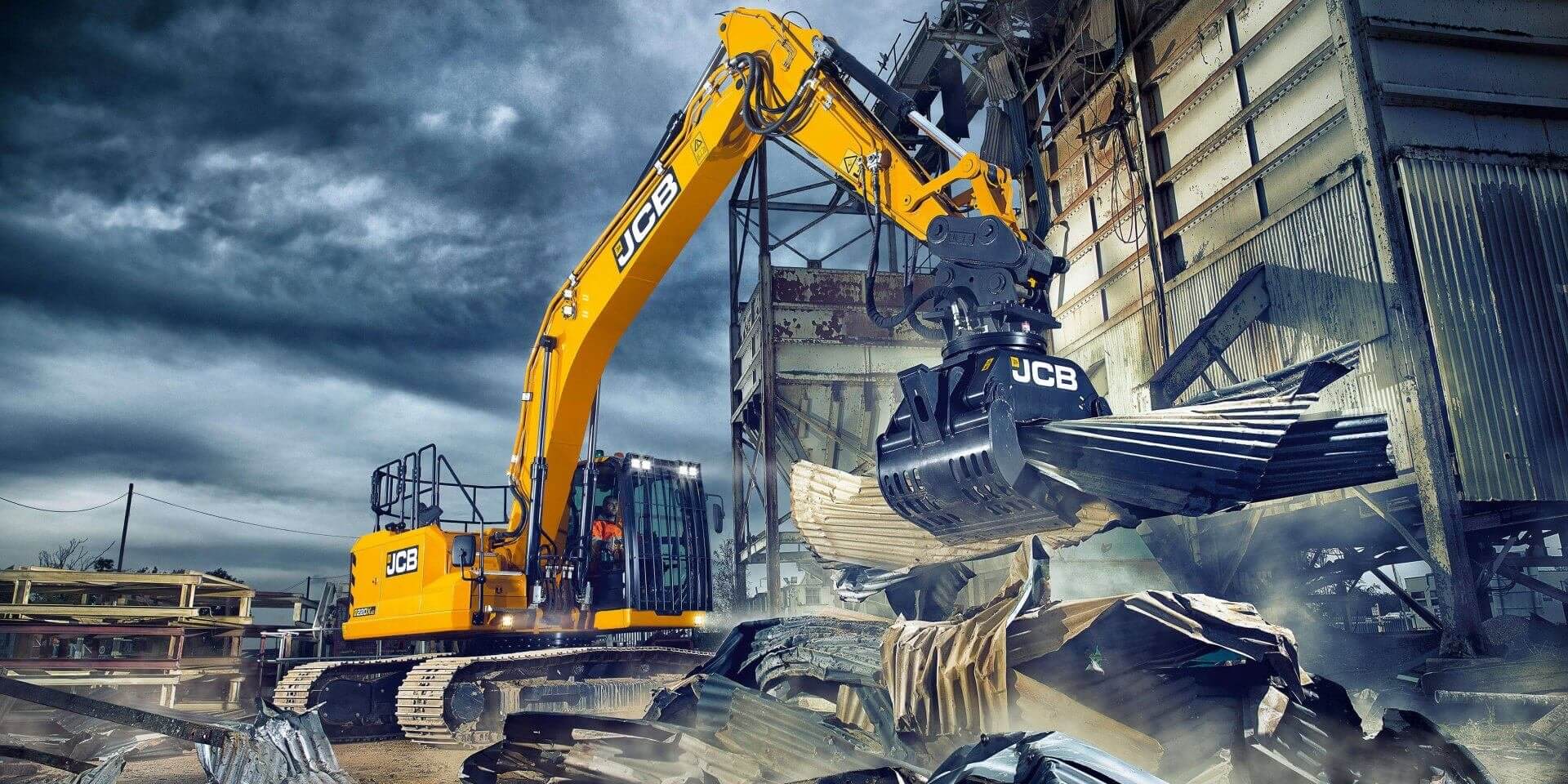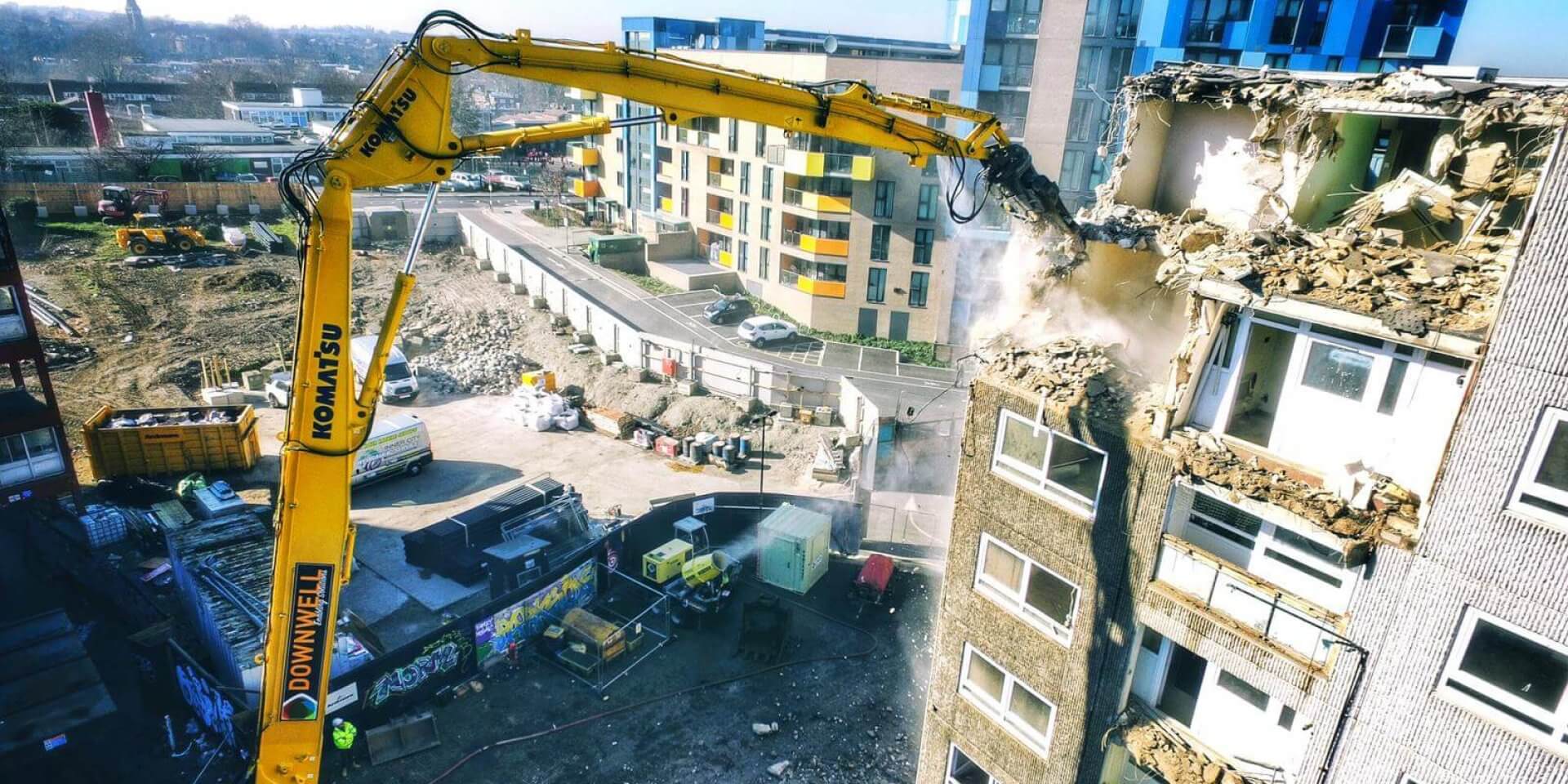Never mind the things that go bump in the night, what about those that turn up in broad daylight?
 Halloween is upon us, so let’s get this started,
Halloween is upon us, so let’s get this started,
We must warn that what follows, is NOT for the faint-hearted
Our tale is a short one, but it’s also quite sad
And it tells of a system, that went suddenly bad
For years he was one of us, a part of the clan,
But all of a sudden, came a dastardly plan
To charge for his time, steal the industry’s soul,
His purpose, of course, to put men on the dole
So quickly he came, and demolition he blighted,
But like vampires before him, he could not come uninvited
Yet his grabbing claw and his glaze of pure ice,
Would appear if a neighbour summoned him thrice
He’d be there in a flash, no-one saw him coming,
They just heard the sound of the meter running
Draining their coffers, and leaving them broke,
Like the victims of someone’s worst Halloween joke
So although times are hard, and we’re barely surviving,
Along he comes, all keen and conniving
To roam your sites with a glint in his eye,
And with a flash of his pen, leave you high and dry
So this Halloween, check your safety plan
And keep your eyes peeled, for the HSE man







 A man has died after he was crushed by part of a building which collapsed at a demolition site in Tottenham.
A man has died after he was crushed by part of a building which collapsed at a demolition site in Tottenham. Halloween is upon us, so let’s get this started,
Halloween is upon us, so let’s get this started, The former Imax site has been labelled an eyesore by residents who have complained it blocks sea views.
The former Imax site has been labelled an eyesore by residents who have complained it blocks sea views.